Every Zack Snyder Movie, Ranked
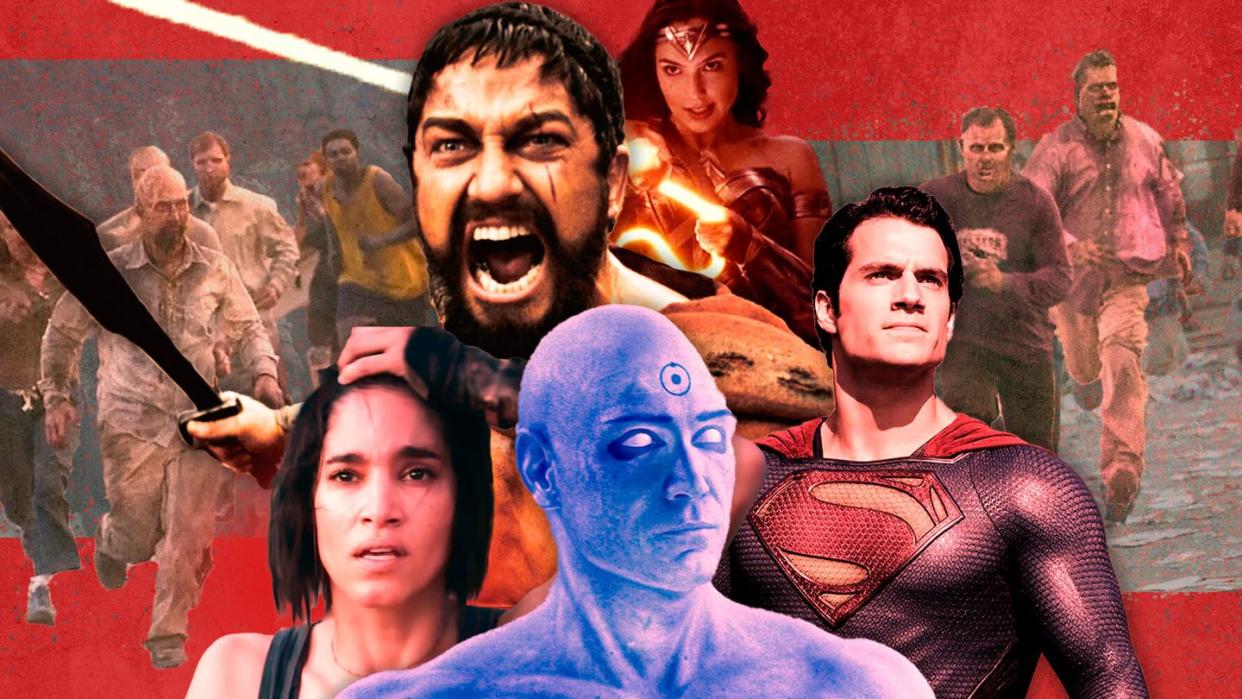
"Hearst Magazines and Yahoo may earn commission or revenue on some items through these links."
LOVE HIM OR hate him, Zack Snyder is one of the hottest Hollywood filmmakers of his generation. A pop-art provocateur whose decade-long reign over the DC Extended Universe earned him fierce detractors and ardent disciples in equal measure, Snyder has become synonymous with both a maximalist approach to visual storytelling, his aesthetic of excess enshrining heroes in striking slow-motion tableaux that evoke comic-book splash panels scaled up to suit the studio blockbuster, and with a solemnity of tone that impresses on audiences the seriousness—and sincerity—of his artistic vision.
Long before he became a polarizing fixture of superhero cinema, Snyder broke through in the horror genre, on the considerable strengths of his feature film debut, a 2004 remake of George Romero’s zombie classic Dawn of the Dead. It was there, ramping up the original’s action while keeping its social-political subtext largely intact, that Snyder first proved himself to be a skilled orchestrator of hyperkinetic action, before his 2006 graphic-novel adaptation 300 delivered on that promise with its procession of decapitations, dismemberments, and other such orgiastically violent antics.
From there, Watchmen saw Snyder double down on his reverence for pop-culture mythology, approaching his 2009 take on Alan Moore and Dave Gibbons’ influential comic-book series as an exhaustively faithful adaptation, using the source comic as a storyboard (as he had on 300) and turning what had felt impossibly sprawling on the page into a visceral screen spectacle. To look back on Snyder’s career, Watchmen—in its ambition, gravity, and deconstructive approach to the idea of the costumed superhero—so directly presages his relationship with DC Comics and Warner Bros. that the two films he made before 2013’s Man of Steel—the animated fantasy saga Legends of the Guardians: The Owls of Ga’Hoole (2010) and steampunk fantasia Sucker Punch (2011)—can’t help but register in hindsight as strange, albeit spectacular curios.
Plenty of ink has been spilled debating the relative merits of Snyder’s years overseeing the DCEU, during which time he cast the last son of Krypton as a weapon of mass destruction in Man of Steel, brought Superman into conflict with another morally conflicted crime-fighter in 2016’s Batman v. Superman: Dawn of Justice, and completed his cycle, five years later, with Zack Snyder’s Justice League, a four-hour opus that gave its heroes and story more mythic dimension than the disjointed theatrical cut, released in 2017 without Snyder’s involvement. (He’d stepped away after principal photography due to a family tragedy, only for fans to later begin a successful campaign for WB to release his director’s cut.)
Snyder’s post-DC career has been spent at Netflix, where he seems to be enjoying a level of creative freedom and budget flexibility that’s in scarce supply at most major film studios these days; Army of the Dead, his zombie heist epic, unleashed undead carnage on the Las Vegas strip, while his two-part space opera Rebel Moon—the latter half of which, titled The Scargiver, is now streaming on Netflix—marks one of Snyder’s most ambitious projects to date, essentially offering the filmmaker, who’d initially pitched it as a Star Wars film to Lucasfilm, the opportunity to play in a galaxy far, far away vast enough to bear out his visions of interstellar grandeur.
What’s next for Snyder? Plenty’s been teased—from Planet of the Dead, a scaled-up sequel to his zombie epic, to an adaptation of Ayn Rand’s The Fountainhead, which Netflix doesn’t want to make—but fans can first expect him to finish out Rebel Moon with R-rated versions of the films that could arrive on Netflix as early as August.
Until then, let’s undertake what fittingly feels like at once a Pyrrhic and Herculean effort: ranking all 10 of Zack Snyder’s films to date (and, yes, we’re looking at the director’s cuts, since we took the time to watch them, and because no commission is worth revisiting the Whedon cut).
Rebel Moon - Part One: A Child of Fire (2023)
Wait, wait, let him finish! Given that Snyder has stated he only split Rebel Moon into two films after Scott Stuber, then head of Netflix Films, worried the three-hour epic Snyder had scripted would underperform on the service, it feels almost unkind to judge A Child of Fire without The Scargiver supplying his sci-fi extravaganza with the action-fueled climax meant to conclude its story. That said, the rankings can always change, so in the meantime it should be said that this exceedingly visual, narratively turgid first half of Rebel Moon—which, though it’s almost a cliché to say at this point, is not Snyder’s preferred, R-rated cut but a PG-13 version—starts the saga off on a punishingly grim note. A peaceful colony on the edge of the galaxy is threatened by the will of a tyrannical empire, dispatching a refugee (Sofia Boutella) to track down warriors who can defend their world; recasting Seven Samurai with Jedi may have been a winning ticket had Snyder successfully pitched it to Lucasfilm, as he’d hoped to. Tasked with populating a fictional sci-fi universe of his own, Snyder instead leadens Rebel Moon with highly recognizable clichés and plays them at half-speed. Indulged to the degree it is here, the director’s fascination with filming battle sequences in hyper-slow-motion isn’t just intemperate; it immobilizes the action, and the characters, resulting in a sci-fi epic that feels generated rather than imagined, arranged but not alive.
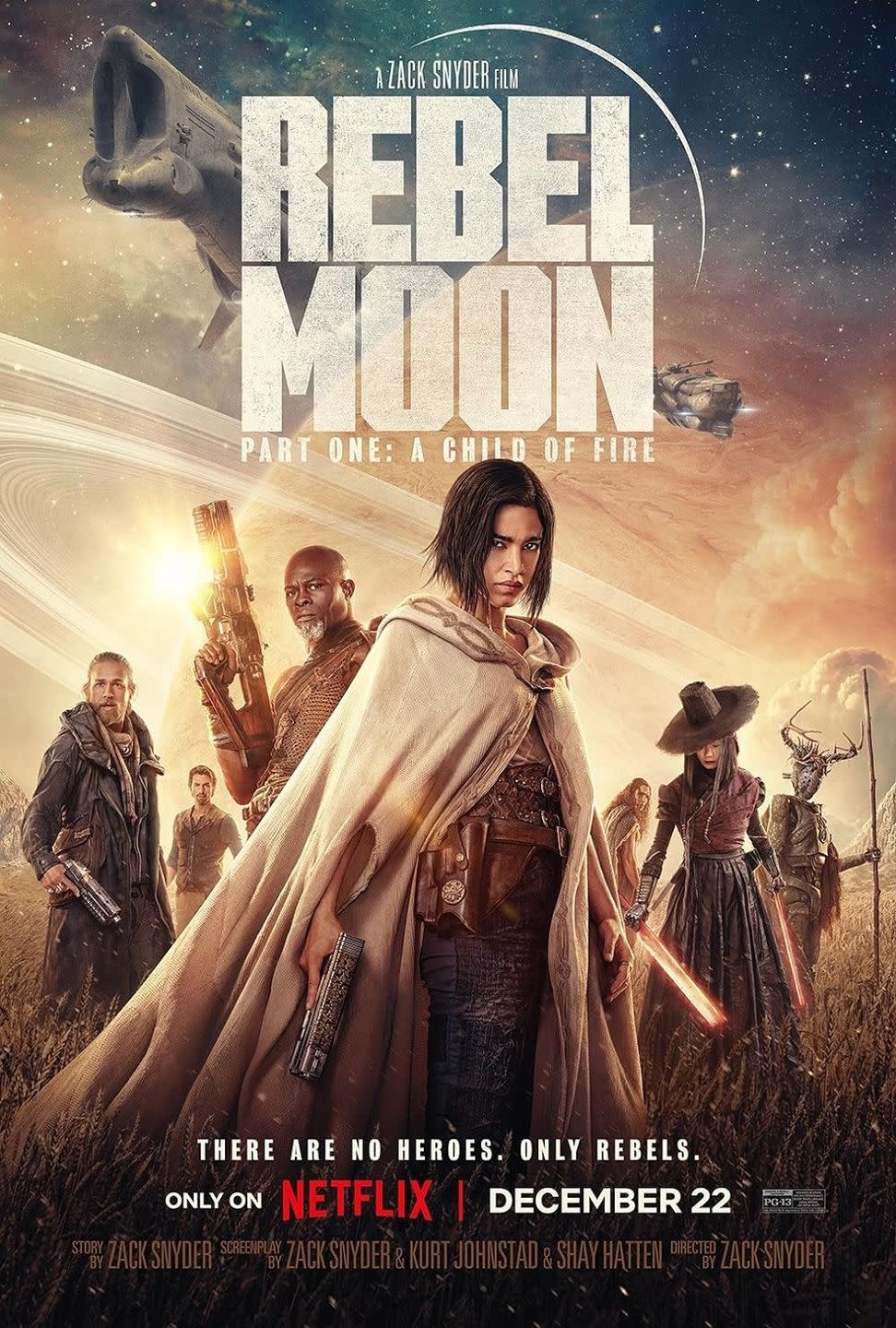
Sucker Punch (2011)
In recent interviews, Snyder has stated that Sucker Punch “never really got finished correctly” and expressed his desire to return to it, delivering an ultimate director’s cut. Be that as it may, the film he initially billed as “Alice in Wonderland with machine guns” has more issues than just its divisive conclusion; in the picture, a young orphan (Emily Browning) bounces between a gothic mental asylum, a brothel run by a sinister high roller, and a fantasy landscape overrun with dragons, samurai, mecha, and B-52 bombers. Its feverish array of alternate realities offer Snyder the opportunity to indulge his fetishes at length, immersing the audience in layers of digitally rendered bombast and supplying ample eye candy, but the film feels like a hollow experiment in pulp and video game aesthetics more than a coherent critique of the same. As much as Snyder’s gone out of his way in recent years to argue what’s been interpreted by some critics as a parade of sexist exploitations is actually an exploration of female empowerment, few would argue Sucker Punch adds up to more than expensive-looking overkill.
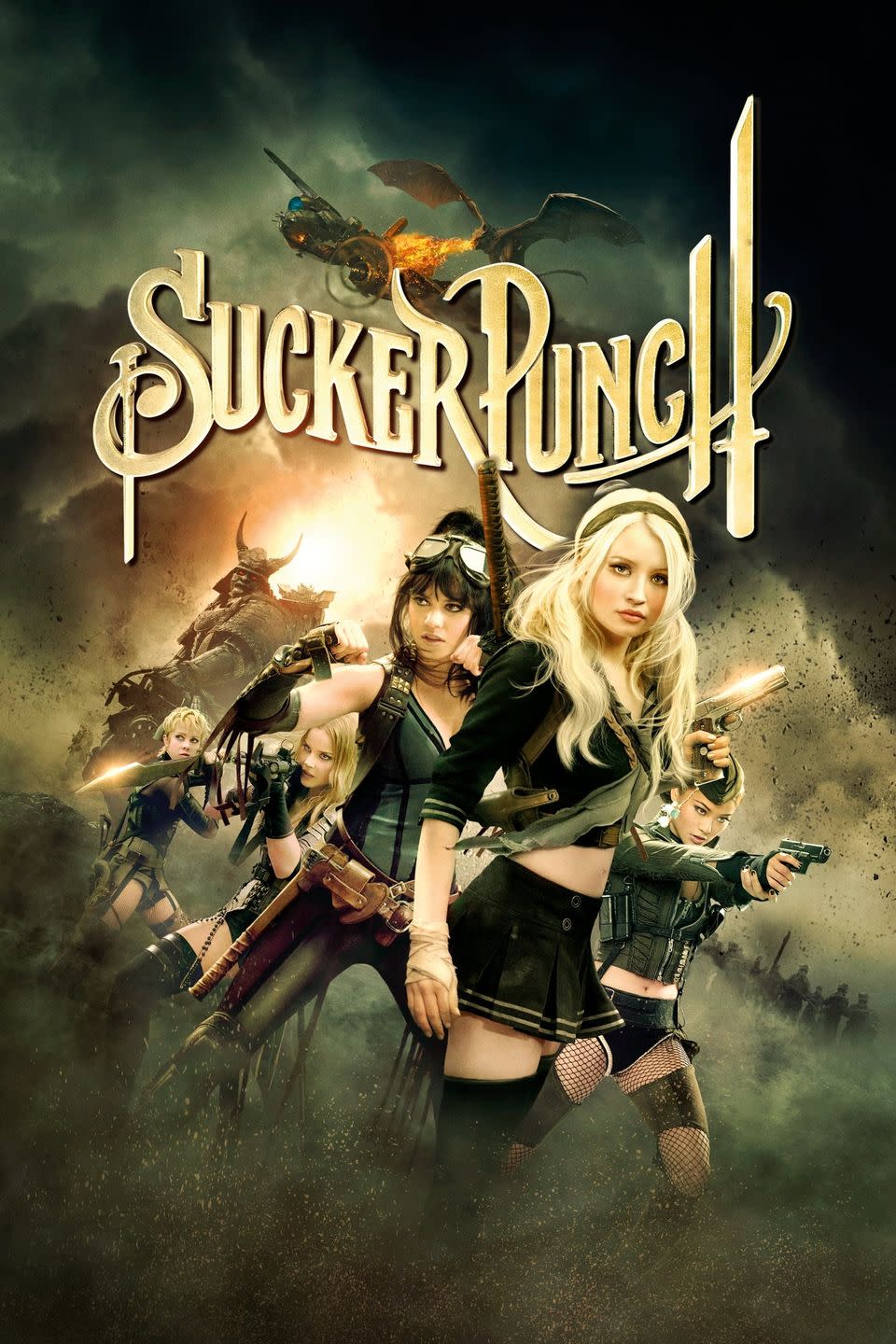
300 (2007)
It was with his second feature, a muscular adaptation of the graphic novel by Frank Miller and Lynn Varley, that Snyder first stormed the gates of geekdom and fashioned the grim, dark, desaturated visual palette he’d later apply to the DC Extended Universe. Beautiful and bloody, 300 retells the saga of the Battle of Thermopylae, in which King Leonidas (Gerard Butler) led 300 Spartan warriors against the invading forces of Xerxes (Rodrigo Santoro), the Persian “God-King.” Filmed with a superimposition chroma key technique that allowed Snyder to more faithfully replicate the imagery of the comic book, often in a panel-by-panel style reminiscent of Robert Rodriguez’s pulp-noir Sin City adaptation, 300 is best remembered for its advancement of bluescreens in feature filmmaking (and its assemblage of washboard abs). While its dialogue is a largely one-dimensional ceremony to accompany its visual effects, the film achieves moments of blood-soaked grandeur on the battlefield, such as a silhouetted sequence in which the Spartans push enemies toward a cliff until they tumble—in stylized slow-motion—to their deaths in the sea below. As a dress rehearsal for the graphic-novel adaptations he’d make next, Snyder’s 300 made for a formidable calling card.
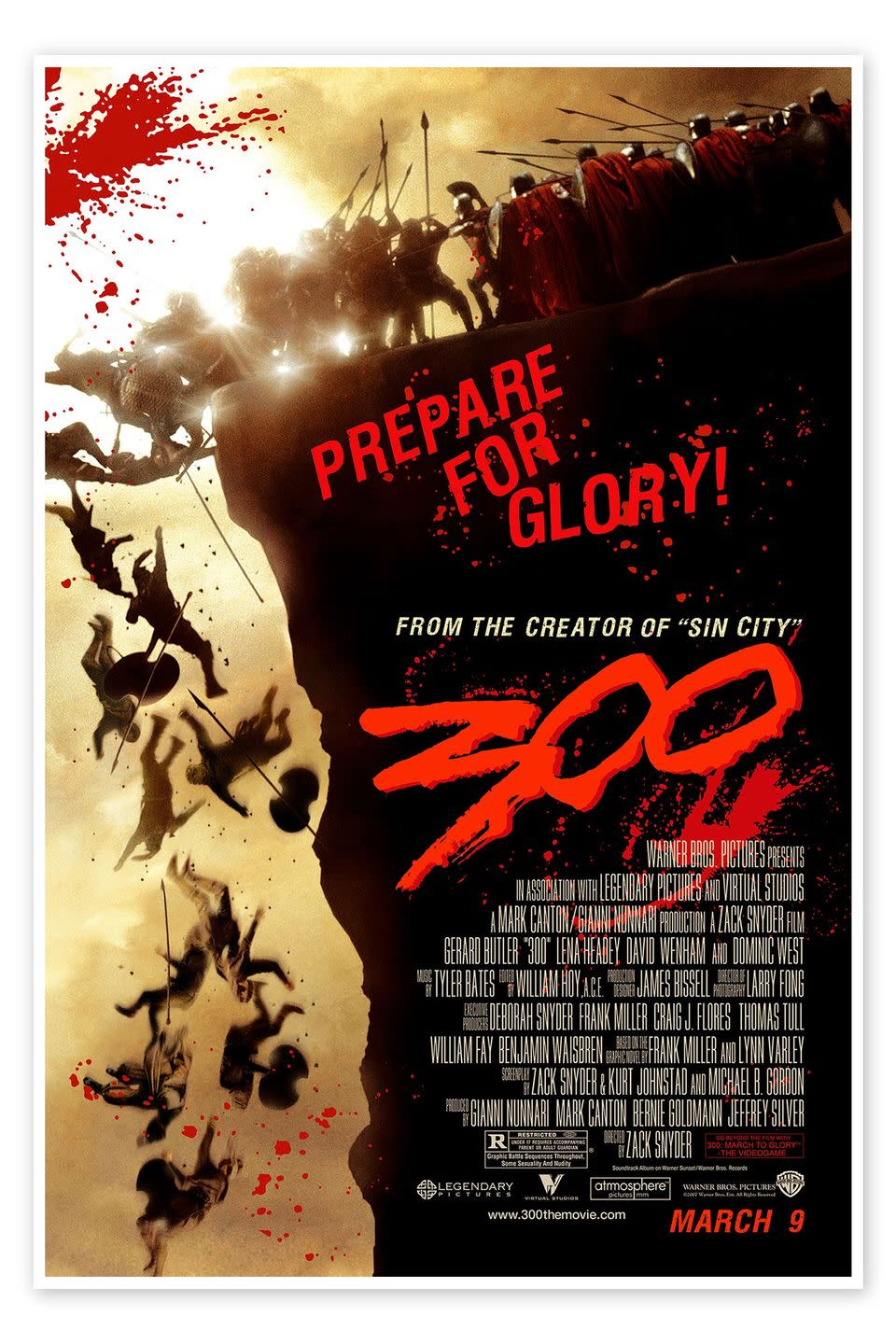
Army of the Dead (2021)
Snyder’s mournfully operatic return to the zombie genre, Army of the Dead follows a murderer’s row of actors (including Dave Bautista, Fallout and Yellowjackets star Ella Purnell, Omari Hardwick, Ana de la Reguera, and Theo Rossi) into a zombie-infested Las Vegas, as their mercenaries seek to recover $200 million from a casino vault before the military wipes the city off the map with a nuclear strike. With a setting that escalates the same themes of consumerism run amok he explored in his Dawn of the Dead remake, Snyder takes his ersatz, funhouse-mirror vision of Las Vegas to a bloodthirsty extreme, right from the opening title-sequence montage of capitalism eating itself, set to a cheerfully ironic Richard Cheese cover of “Viva Las Vegas,” in which casino patrons hit the jackpot then get ripped to shreds, a zombified Elvis is crushed by a collapsing Eiffel Tower replica, and topless zombie showgirls devour a nightclub owner in his hot tub in an EC Comics tableaux of Caesar’s assassination, as a Liberace impersonator plays piano.
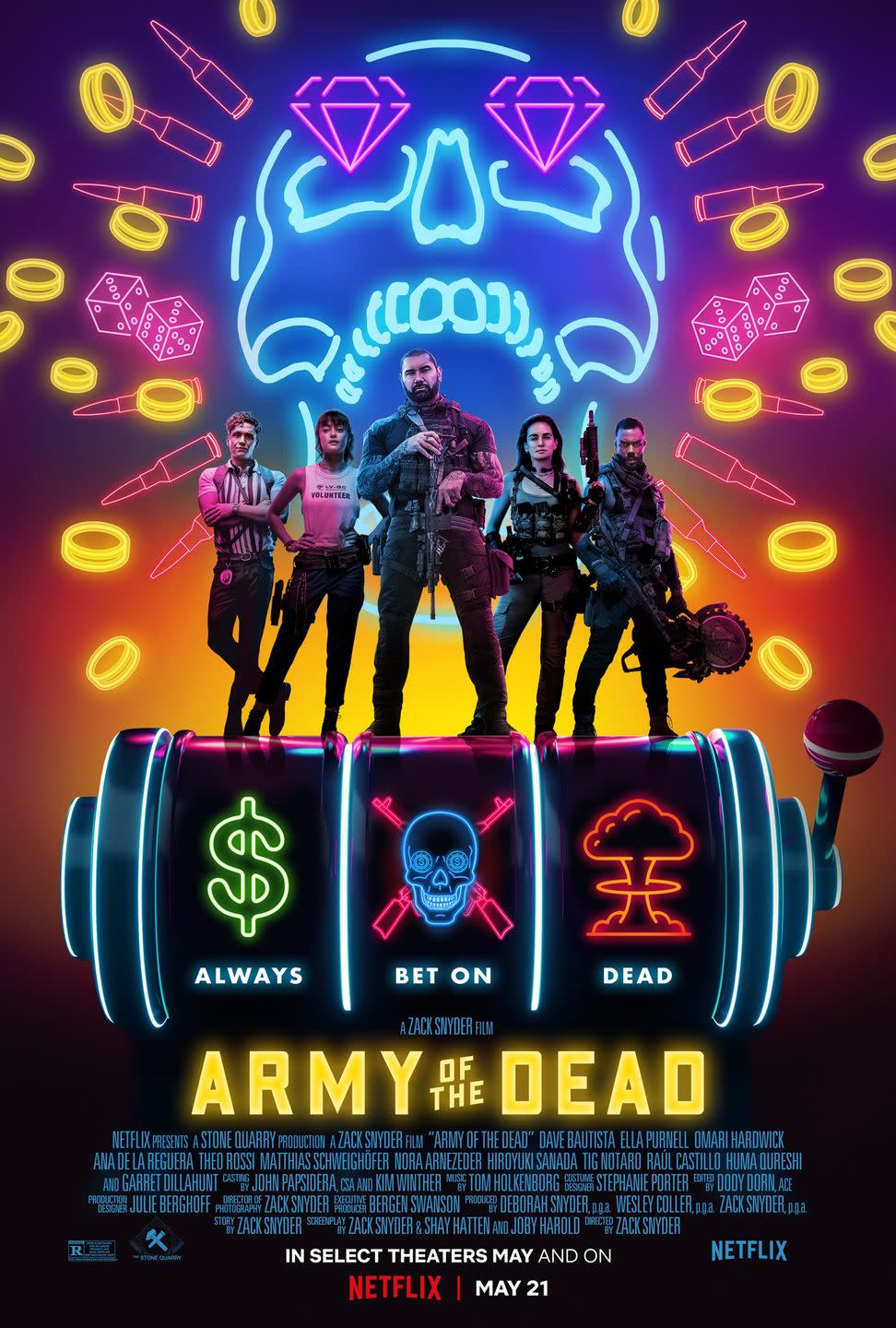
Legend of the Guardians: The Owls of Ga'Hoole (2010)
Adapting Kathryn Lasky’s popular children’s novels about a young owlet who seeks out valiant warrior owls to save his kingdom from an army of fascists most fowl, Snyder’s 3-D animated fantasy adventure is a strange bird in the overall scheme of his filmography: as atmospheric and imaginative as it is technically accomplished, with every feather, frozen raindrop, and forest canopy rendered in vividly textured detail, even if the violent intensity of the battles—including many sequences of high-flying aerial combat through fog-laden skies—overshadows the comic relief offered by a star-studded voice cast (including Helen Mirren as the evil queen, natch) and makes this more of an epic, Tolkien-scaled endeavor than a lighthearted family entertainment.
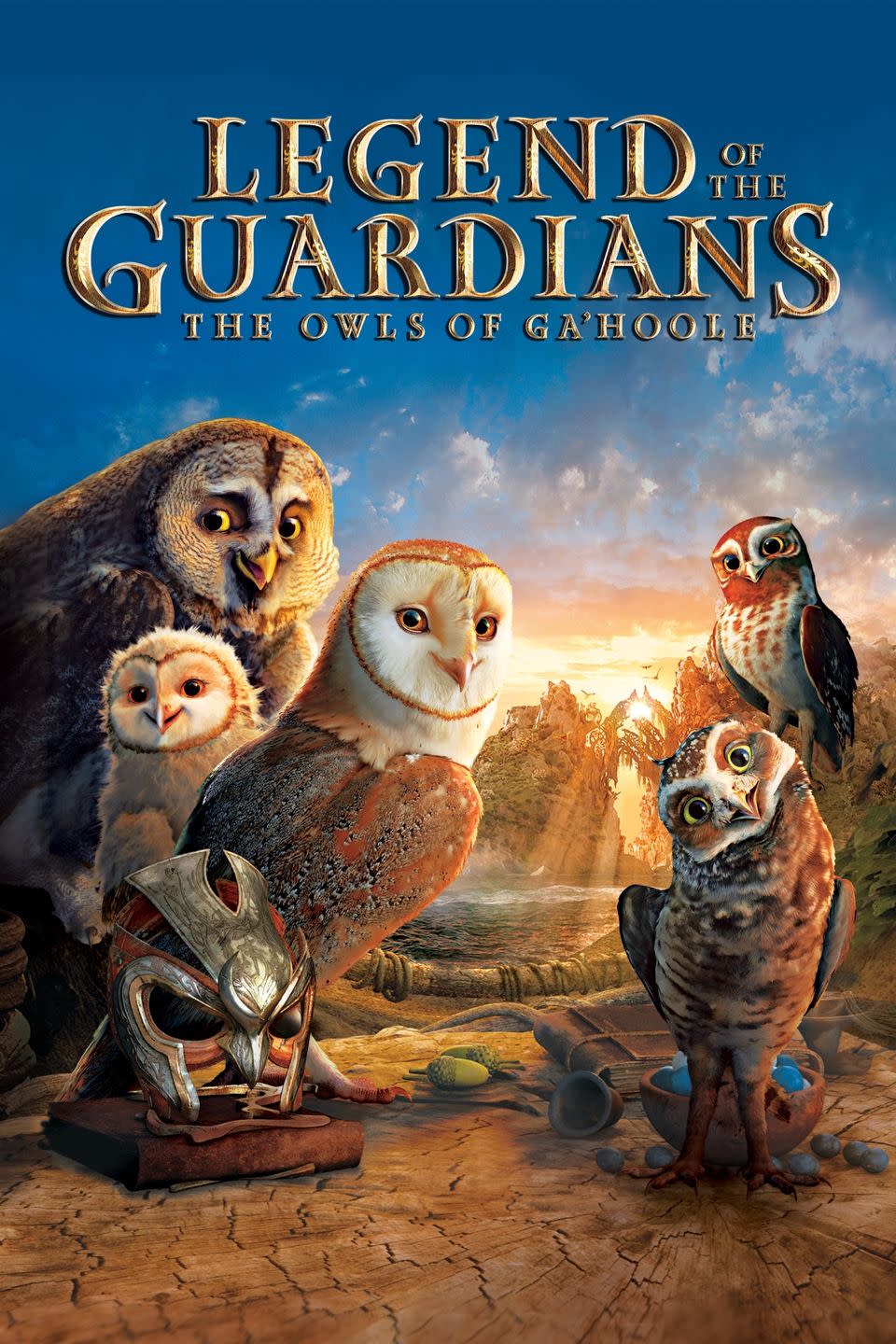
Batman v Superman: Dawn of Justice (2016)
Critically savaged upon its release, Snyder’s second outing in the DCEU is in part salvaged by the “Ultimate Edition” extended cut he released shortly after the film hit theaters, which added 31 minutes of additional footage and helps explain why Batman v Superman felt so haphazard and incoherent in its theatrical version. Studio-sanctioned sabotage aside, there’s a real stylistic ambition and satisfying moral ambiguity to this billion-dollar grudge match; Snyder’s intensely somber, aestheticized approach has the effect of elevating his superheroes into monuments to their own might, figures of mythic import so gleaming and immense they might as well be cast in bronze. With Ben Affleck playing Batman as a vicious, battle-weary veteran and Henry Cavill back as a destructive and deified vision of Superman, Snyder’s film grapples with what mass proliferation of superheroes means in a world where these costumed crime-fighters function as individually minded weapons of mass destruction; weighing our cultural obsession with symbols against the politics of martyrdom, considering whose sacrifice is sanctified and whose is ignored, it’s a film with more on its mind than initially meets the eye. While certain elements will never gel—from the shoehorned Justice League setup to much of the third-act CGI sludge that creeps in along with Doomsday—Snyder conjures a weighty, awestruck aura and brings his characters into conflict with the measured, inexorable pacing of the iconic graphic novels he so idolizes.
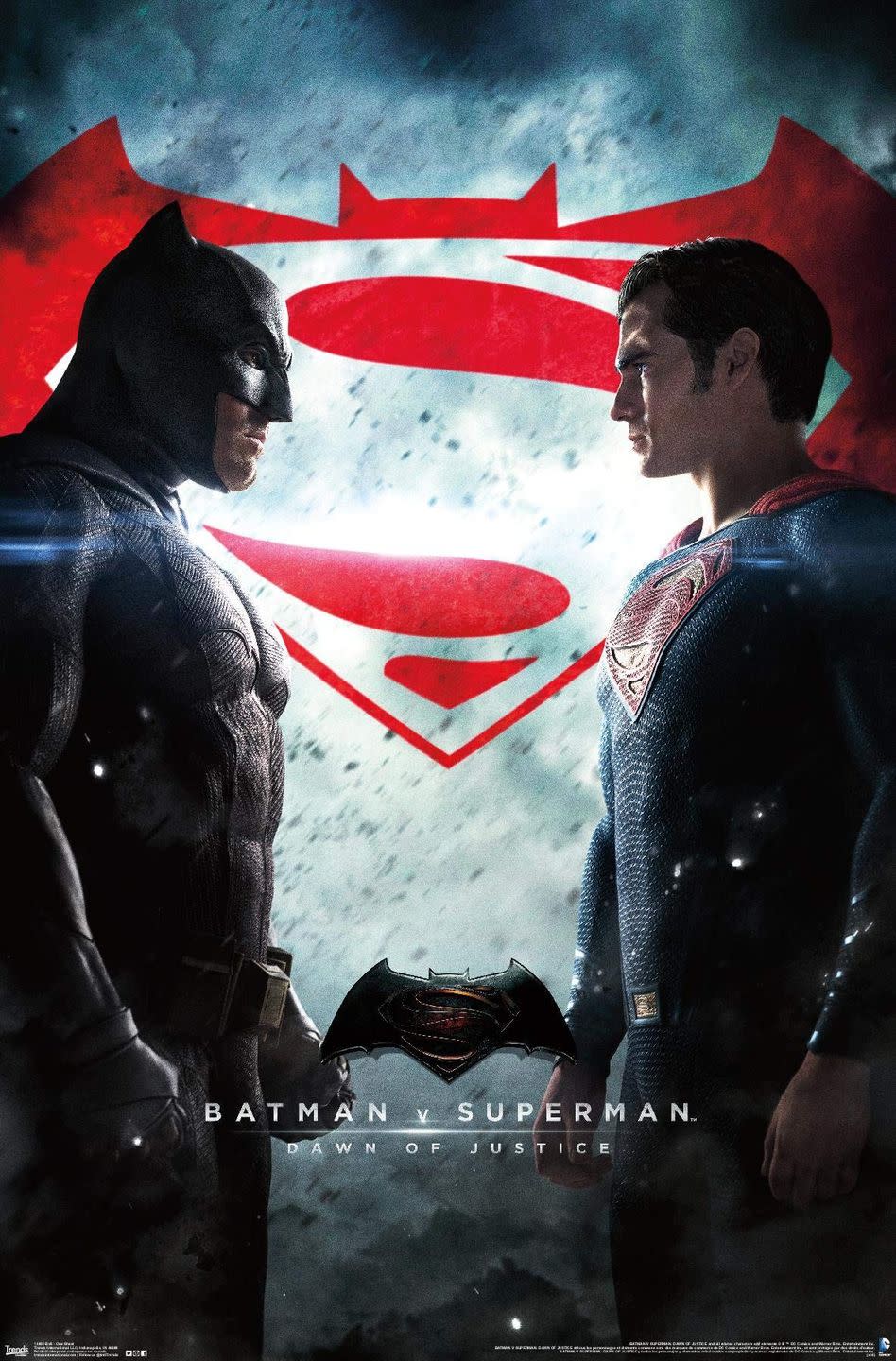
Zack Snyder's Justice League (2021)
The film that reached legendary status among Snyder’s fans despite it never being released in theaters, Zack Snyder’s Justice League is a four-hour monument to the grandiosity of his vision for the DC Extended Universe, deifying its superheroes as gods among us through a gorgeous and evocative series of slow-motion tableaux. Introducing each of his characters through what are essentially self-contained one-shots before bringing them together on a mission to rescue the world from a megalomaniacal villain, Snyder achieves a painterly, surreal sense of time and space throughout Justice League, making this one of the most artistically ambitious and visually awe-inspiring works of superhero cinema to date. Afforded the freedom to deliver a definitive cut, Snyder also proves himself capable of juggling multiple characters’ storylines—including a much-improved plot that explores the creation of Cyborg (Ray Fisher) and the complex bond he shares with his scientist father (Joe Morton)—and conjures a rich, panoramic world for them to populate. It’s a pity about the film’s finale, which remains a murky slog at odds with the careful, often masterful filmmaking craft that Snyder showcases elsewhere.
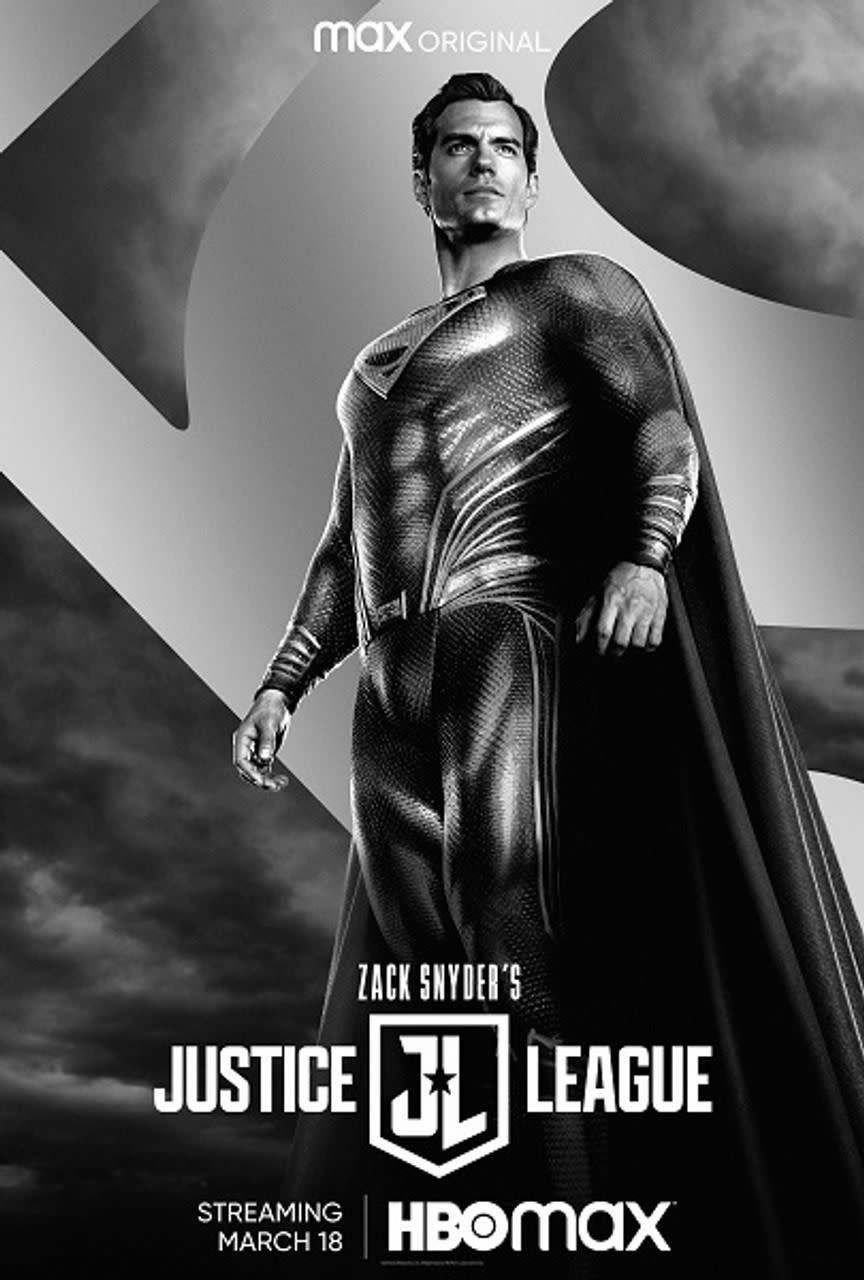
Man of Steel (2013)
One of Snyder’s overriding projects in the DC Extended Universe was to elevate comic-book superheroes into mythological archetypes so as to deconstruct the classical dimensions of their heroism within a morally compromised world. None of the films he made there achieved this as spectacularly, or incisively, as his first. In Man of Steel, his symphonically epic exploration of Superman’s origins, the last son of Krypton is reimagined as a messiah in the making, who struggles to weigh his practically divine powers against the humanity he was raised with. And once Zod (Michael Shannon), a military general from his home planet, arrives to terrorize Earth, Snyder’s Superman grapples as well with the chaotically destructive potential of his abilities, becoming an costumed avatar most of all for military might; the obliterative spectacle of a climactic battle between Zod and Superman levels Metropolis while exploiting 9/11 imagery and racking up a death toll in the thousands.
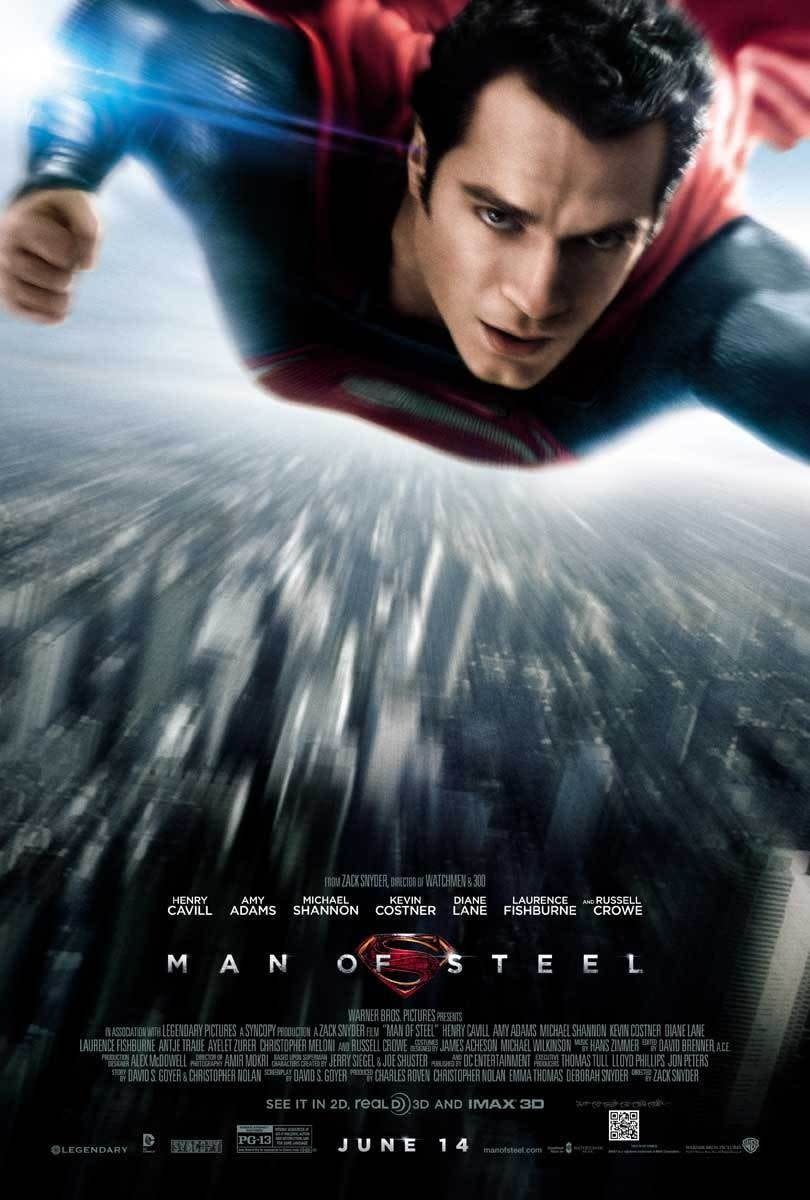
Watchmen (2009)
The opening credits sequence is Snyder’s specialty, and he has yet to surpass his sprawling introduction to Watchmen, his painstakingly loyal adaptation of Alan Moore and Dave Gibbons’ bruising Reagan-era satire. Set to Bob Dylan’s “The Times They Are-A-Changin’,” this montage traces the history of the superheroes at the film’s center, part of a group called The Minutemen, and considers how their presence might have altered the course of world history, re-examining everything from the assassination of JFK to the war in Vietnam through iconic images made unfamiliar by the costumed crime-fighters dominating their action or lurking on the periphery. The rest of Snyder’s adaptation—which includes both a director’s cut and an Ultimate Cut that incorporates animated “Black Freighter” comic sequences from the graphic novel—follows suit, reveling in Moore’s gritty, crime-noir mystery and directly emulating Gibbons’ meticulous realism and bold compositional style. Beyond being one of the most faithful graphic novel adaptations to date, the film is a dense and often disturbing marvel of production design and performance, with an emphasis on tragedy over triumph that does justice to the furious spirit of its source material.
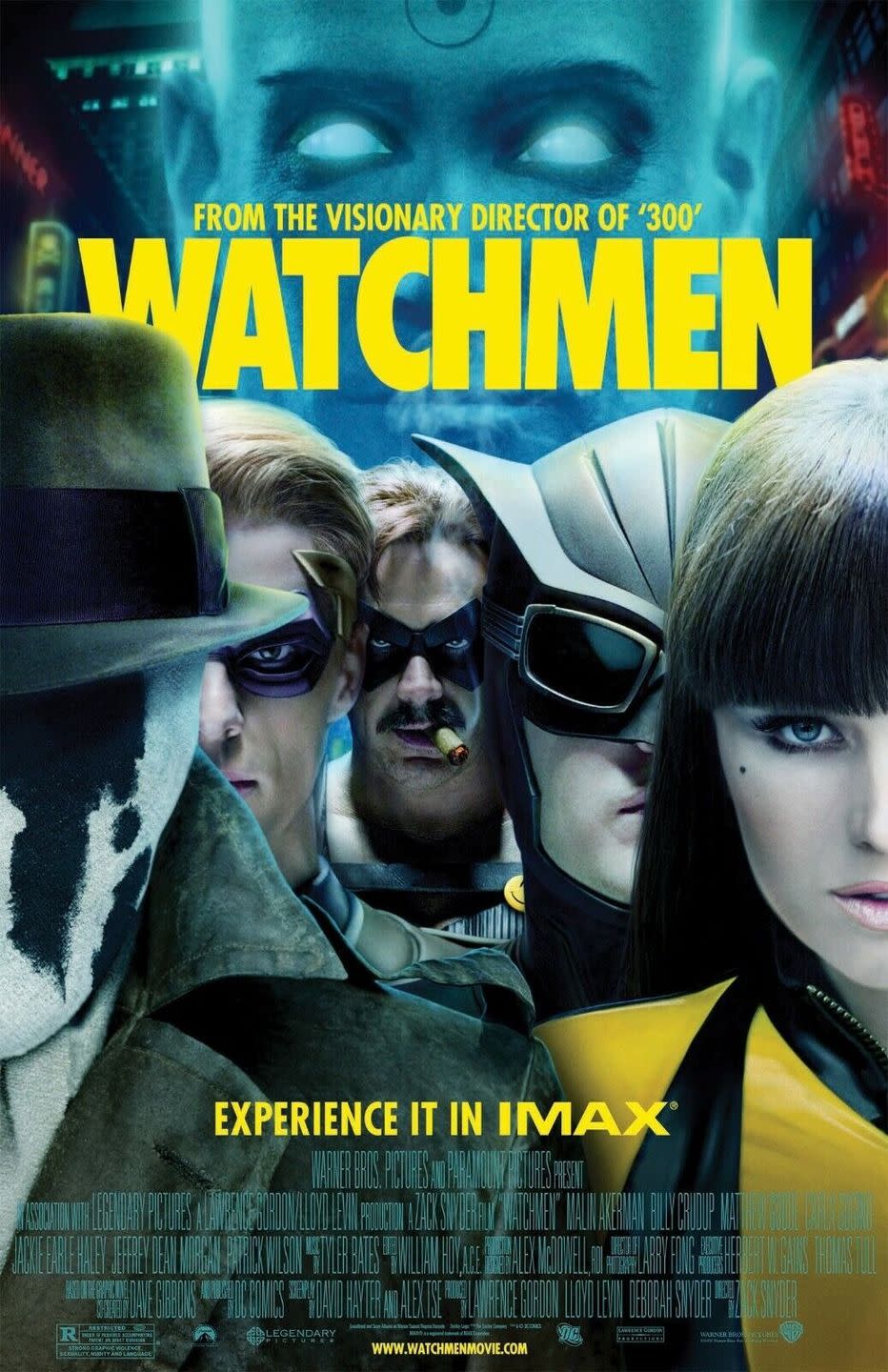
Dawn of the Dead (2004)
Zack Snyder’s feature debut remains the best work of his career—and one of the great modern zombie films. Remaking George A. Romero’s original as a lean, mean, action-packed thrill ride was an extraordinarily dicey proposition, but thanks to Snyder’s grasp of tension and ability to ramp up the terror in one fast-escalating set piece after another, not to mention a savvy script by James Gunn, Dawn of the Dead succeeds as scary-good popular entertainment. Retaining the premise of survivors hiding out from the apocalypse in a shopping mall, as zombies not only shamble but sprint demonically throughout the Milwaukee suburbs, the film (which opens with another all-timer opening credits sequence, soundtracked by Johnny Cash’s “The Man Comes Around”) gradually proves itself to be a nastier, more existentially frightening take on an undead epidemic than many zombie films made before and since (two words: zombie baby). With a roster of fine performances—the best by Sarah Polley, capably leading a cast that boasts Ving Rhames, Jake Weber, and Ty Burrell, plus affectionately knowing cameos by Ken Foree, Scott H. Reiniger, and Tom Savini—Dawn of the Dead delivers the type of over-the-top spectacle that we can now recognize as Snyder’s signature but married it to a tragic, intimately scaled story about characters struggling to stay together as society breaks down. It remains the most human and emotionally poignant film he’s made, even while demonstrating his mastery of action and suspense.
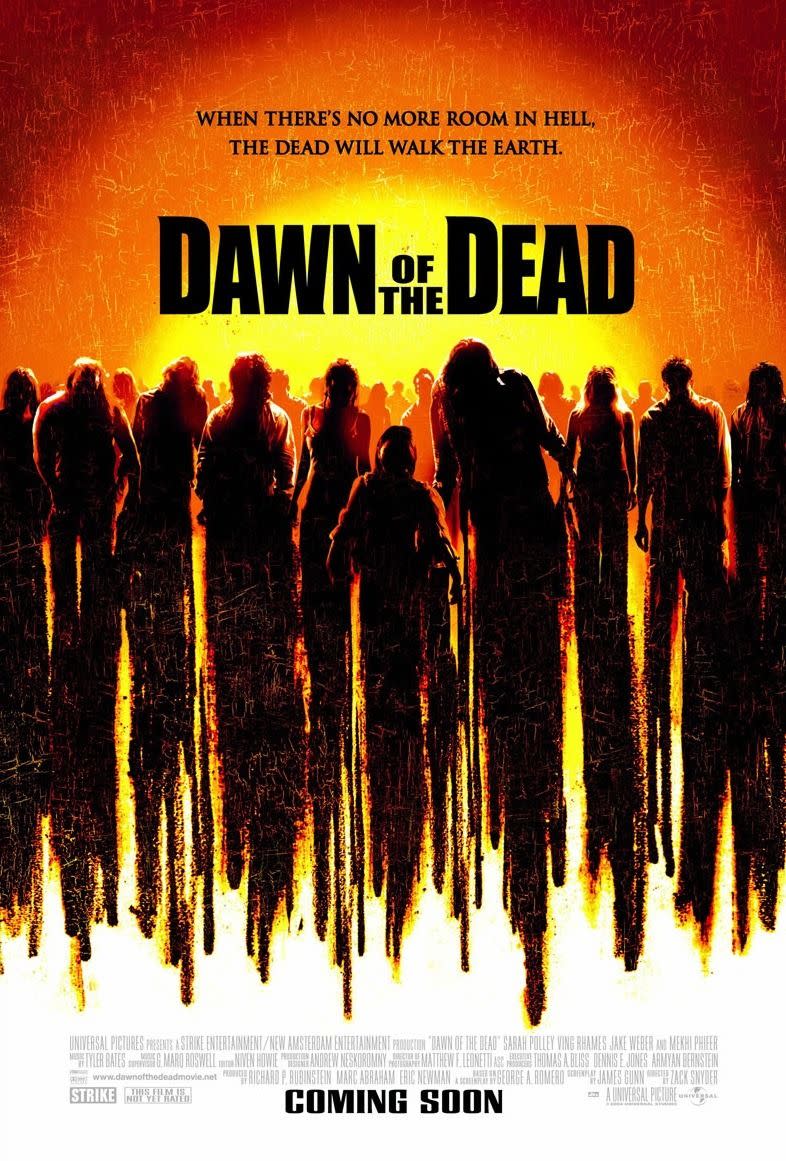
You Might Also Like
